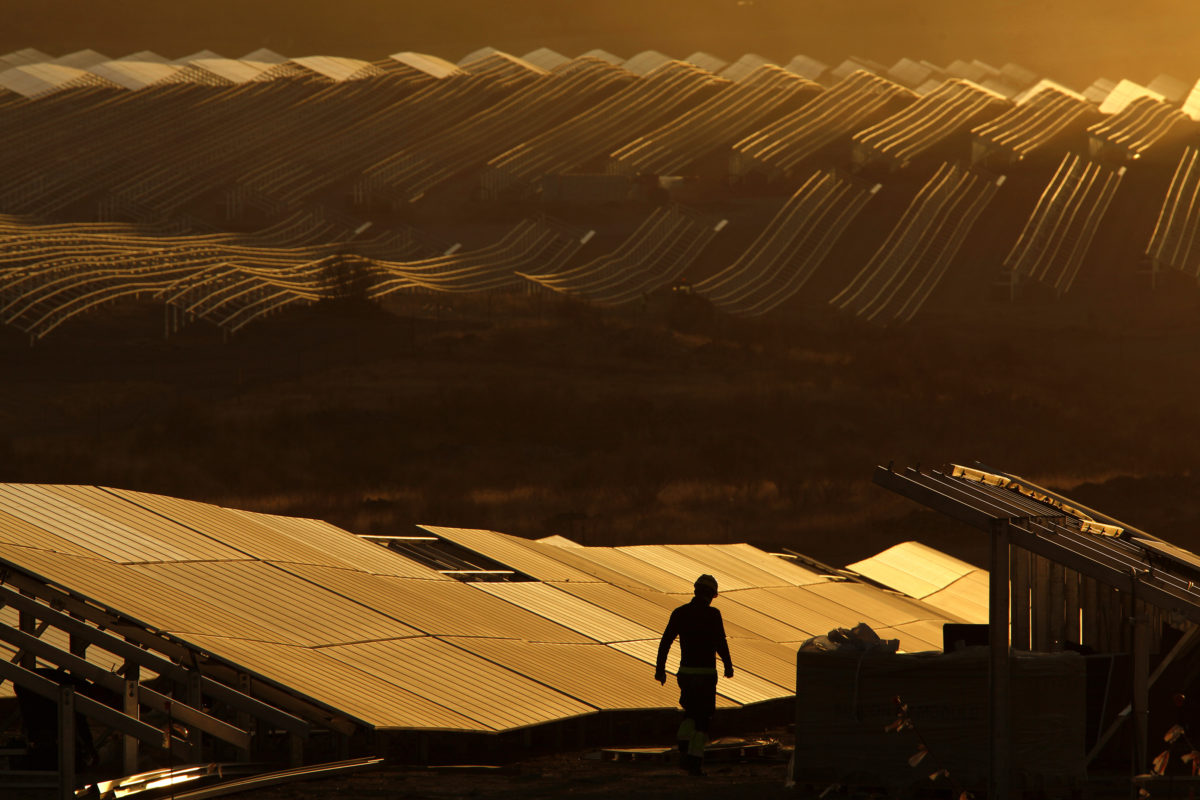From pv magazine Spain
Spanish utility Iberdrola has signed a long-term power purchase agreement to provide telecoms service provider Orange with 200 GWh power per year across 9,000 of its sales offices and buildings in Spain.
The electricity will be supplied by a 328 MW solar park that Iberdrola plans to build in the municipalities of Ceclavín and Alcántara, in Spain's Extremadura region. The project is scheduled to start commercial operations by the end of this year, the utility said, without providing additional details on the power supply deal.
“These long-term energy purchase and sales contracts provide stability to the company's investments and have also become an optimal tool for managing the electricity supply of large consumers who are committed to clean and sustainable consumption,” said Iberdrola Spain CEO Ángeles Santamaría.
The project is part of a 3 GW renewable energy project pipeline that Iberdrola wants to install by 2022.
Other PV projects include two solar parks with a total generation capacity of 800 MW near Cuenca, in the central-southern region of Castilla-La Mancha, and a 590 MW solar plant in the municipalities of Torrecillas de la Tiesa and Aldeacentenera, near Cáceres in Extremadura.
Iberdrola recently finalized the Núñez de Balboa project in Usagre, near Badajoz, for which it secured a PPA with Spanish distribution group Uvesco (BM Supermercados) in November. The first PPA for the Nuñez de Balboa facility was signed with financial services provider Kutxabank in July. In mid-October, Iberdrola secured its second PPA for the solar project from telecoms service provider Euskaltel.
Other projects include the 50 MW Andévalo PV project in Andalusia, the 50 MW Romeral scheme in Cuenca, and the Ceclavín (328 MW), Arenales (150 MW) and Campo Arañuelo I and II (50 MW each) PV plants in Extremadura.
This content is protected by copyright and may not be reused. If you want to cooperate with us and would like to reuse some of our content, please contact: editors@pv-magazine.com.



How does Orange source its electricity for its cellphone towers, which run 24/7? Perhaps this is just a very small share of its total footprint, dominated by the “sales offices and buildings” mentioned. Many of the sales offices for telcos are in leased space in shopping centres.